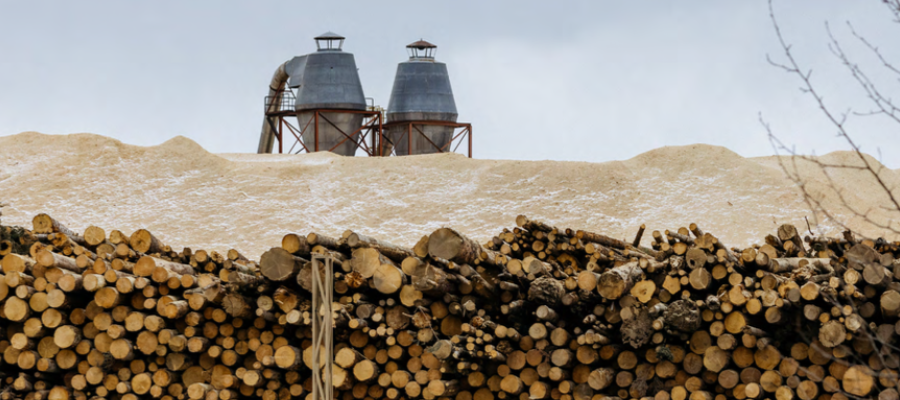A whole lotta waste goin’ on
Last week, research I completed for the CCPA was released suggesting that in the last five years alone the forest industry in this province has managed to leave 17.5 million cubic metres of usable wood behind at logging operations. Loaded onto logging trucks, you could fill a cross-Canada convoy just about twice with that material. The same report concluded that as bad as that number was it likely understated the true extent of the problem.
Well since then, calls and emails have started coming in. Ministry of Forests personnel and contractors whose job it is to count the wasted logs left behind by the industry say they believe a whole lot more waste is out there beyond what the official record suggests.
Perhaps the most shocking revelations came from a contractor with decades experience. His estimate is that up to half of all company waste reports on the coast may not, in actual fact, involve any counting at all. That’s because companies can use the data from a “parent” block and apply it to a surrogate. In a nutshell, this means that a count of sorts is done on Clearcut A and that count is then applied to Clearcut B, even though no one has actually set foot on Clearcut B to take a guess at how much usable wood is left behind.
The same caller said that many people doing waste counts under contract to logging companies are essentially pressured to produce favorable summaries because the companies pay a fee to the province for the usable wood they leave behind. Consequently, higher value logs are routinely reported as of lower value while other logs are simply not counted at all. He also expressed surprise at government assertions that one tenth of all company waste reports are audited on the ground by MOF personnel.
An MOF caller, meanwhile, reported that it is exceedingly hard to catch under-reporting because there’s lots of wiggle room as far as interpretation is concerned. More to the point, there isn’t the staff or the travel budgets to get to more remote logging sites – something the companies know full well.
For obvious reasons, it is difficult for these people to speak publicly. But the encouraging thing is that they have told me to pass on their names to the Forest Practices Board, which is acting on a complaint filed with them at the time my wood waste research was published. Encouraging also, because they can speak their minds, open their files, provide records and suggest directions. And they can do all of that in confidence. Here’s hoping Board investigators take full advantage of what they have to offer.
Topics: Climate change & energy policy, Economy, Environment, resources & sustainability


